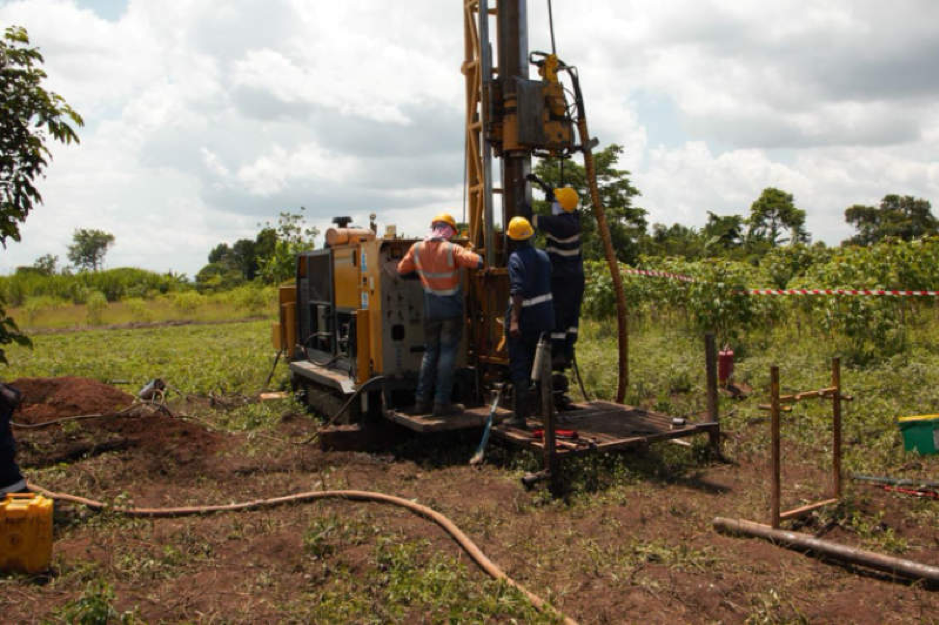Ionic ramps up stake in its clay-hosted rare earths project in Uganda

Taking a bigger bite Pic: Getty Image
Special Report: Ionic Rare Earths Limited (ASX:IXR), formerly Oro Verde Limited (ASX:OVL), has increased its ownership interest in Makuutu Rare Earths Project to 31%.
The increase in ownership is the next step of an agreement under which the company can move towards a final ownership of 60% once further milestones are completed.
The company completed drilling of 11 diamond holes designed to increase the current Inferred resource to the higher confidence classification of “Indicated”, that offers grade continuity and geological certainty to support mine planning and potential financing.
Listen: Explorers Podcast: Coronavirus is doing wonders for non-Chinese rare earths projects
Earlier this month, the company released an initial maiden mineral resource estimate of 47.3 million tonnes grading 910 parts per million, or about 0.09%, total rare earth oxides (TREO) for the project.
This is based on 681.5m of core drilling carried out in late 2019 within the Makuutu Central Zone and represents just a small portion (less than 20%) of the larger Makuutu prospective area, which extends along a mineralisation corridor of 26 km.
Ionic said core recovery from the drilling was excellent with samples being prepared for transport to Australia for assaying.

The Makuutu drilling program has been suspended in the short term, due to ensuring the safety of the African based geology team brought about by the COVID-19 pandemic.
The company will continue to progress off-site activities relating to Makuutu, as well as discussions with potential finance partners globally and look to advance activities where possible to position itself ready to capitalise on improved conditions when they eventuate.
Makuutu is one of very few ionic adsorption clay-hosted projects outside of China.
Initial metallurgical test work has already indicated that up to 75% of the rare earths at Makuutu can be extracted through the simple, low-cost method of salt desorption – literally washing the rare earths from the clay using a salt solution.
The project is located close to well maintained and available local infrastructure – including low-cost hydroelectric power and proximity to sealed highways and railway, and access to locally available reagents for processing.
It also benefits from having practically no uranium and thorium, allowing it to dodge the radioactive waste bullet that other rare earths projects have to deal with through expensive processing.
Read: Lynas shutdown highlights need to diversify rare earths supply chain
This story was developed in collaboration with Ionic, a Stockhead advertiser at the time of publishing.
This story does not constitute financial product advice. You should consider obtaining independent advice before making any financial decisions.
Related Topics

UNLOCK INSIGHTS
Discover the untold stories of emerging ASX stocks.
Daily news and expert analysis, it's free to subscribe.
By proceeding, you confirm you understand that we handle personal information in accordance with our Privacy Policy.








